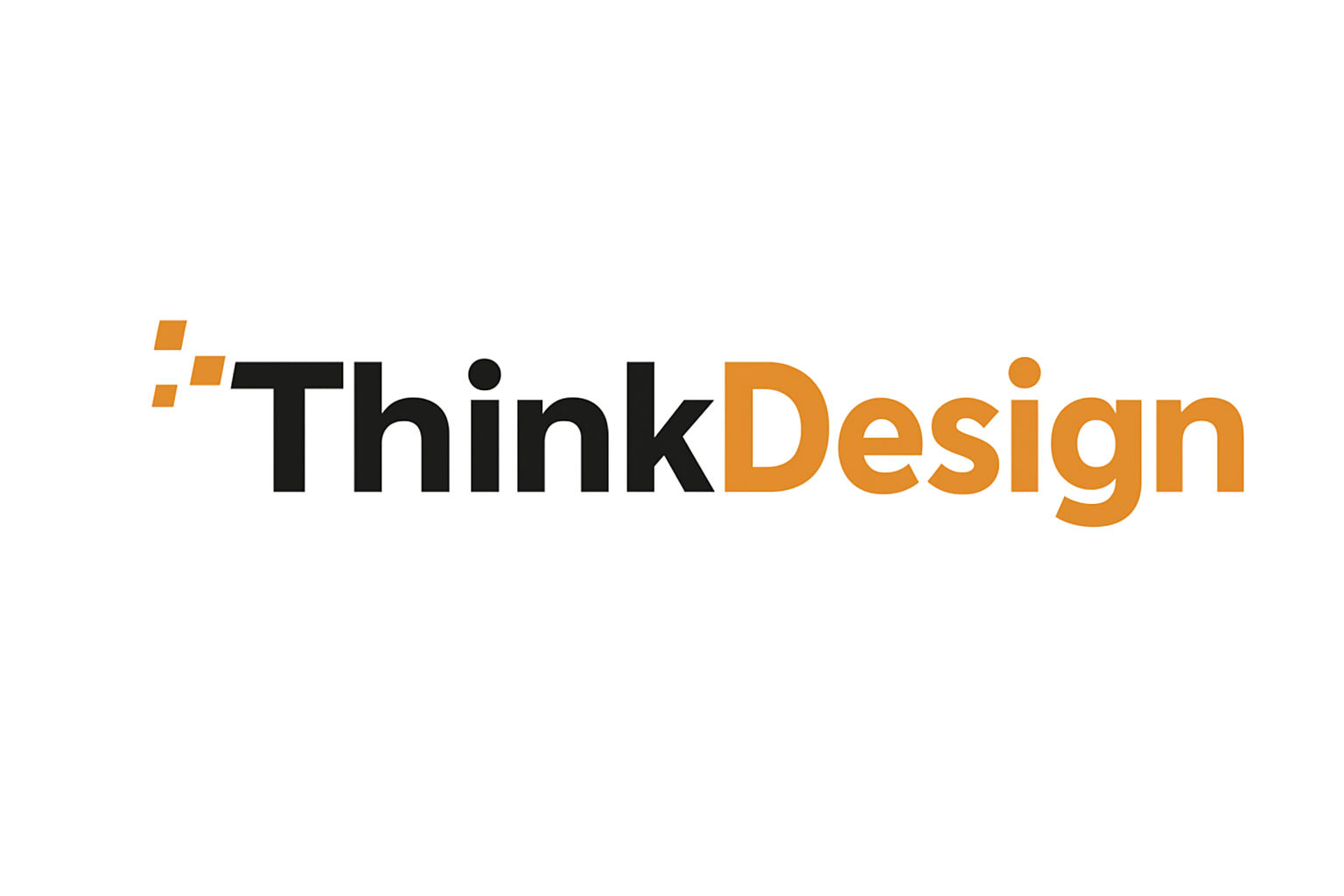The Rise of Digital Classrooms
I’ve seen classrooms evolve from physical-only spaces to blended and fully digital environments. Tools like Google Classroom, Microsoft Teams, and Zoom have turned laptops into the new desks. Students can submit assignments online, teachers can grade digitally, and parents can stay in the loop—all without paper shuffling around.
- Why it matters: Learning is no longer tied to a single location.
- Productivity boost: Students and teachers save time with instant access to lessons, resources, and grades.
Online Learning Platforms
One of the biggest game changers in how technology shapes education is the explosion of online learning platforms. Coursera, Udemy, and Khan Academy let anyone learn anything, anytime, from anywhere. I’ve personally used them to pick up new skills, and the flexibility is unmatched compared to traditional classroom schedules.
- Why it matters: Education is now global and accessible to anyone with an internet connection.
- Example: A high school student in India can learn coding from a professor in the U.S.—in real time.
Personalized Learning with AI
Imagine having a tutor who knows exactly where you struggle and customizes lessons just for you. That’s what AI-powered platforms like Duolingo or DreamBox are doing. They adjust difficulty levels, track progress, and provide feedback tailored to each learner.
- Benefit: Students learn at their own pace, not the teacher’s speed or the class average.
- Why it’s forever-changing: No two students are forced into the same “one-size-fits-all” mold anymore.
Gamification of Learning
I’ve noticed how gamification makes learning addictive—in a good way. Platforms turn lessons into challenges, with points, badges, and rewards. Suddenly, boring subjects like math or history feel like engaging quests instead of chores.
- Why it matters: Motivation skyrockets when students feel like they’re playing, not just studying.
- Example: Kahoot! quizzes make classroom participation fun and interactive.
Virtual Reality and Augmented Reality
This one still blows my mind. Students can “travel” to ancient Rome, dive under the ocean, or explore the solar system—all without leaving their classrooms. VR headsets and AR apps are changing how teachers explain complex topics.
- Why it matters: Hands-on, immersive learning is far more memorable than reading a paragraph in a book.
- Real-world impact: Medical students practice surgeries in VR before stepping into an actual operating room.
Collaboration Without Borders
When I was in school, collaborating meant working with the kid sitting next to you. Now, students collaborate across continents. Tools like Slack, Miro, and Google Docs let groups brainstorm, edit, and present together in real time.
- Benefit: Prepares students for the global workplace where teamwork often means cross-border projects.
- Example: A group of students in three different countries can create a single science project without ever meeting physically.
Accessibility and Inclusion
One of the most inspiring changes I’ve seen is how technology makes learning more inclusive. Screen readers, subtitles, and adaptive learning tools mean students with disabilities can fully participate.
- Why it matters: Education is no longer limited by physical or learning challenges.
- Example: Voice-to-text tools allow students with dyslexia to keep up with written assignments.
Data-Driven Insights
Teachers today don’t just guess how students are doing—they have dashboards full of data. From attendance patterns to quiz performance, technology helps spot when a student is falling behind before it’s too late.
- Benefit: More informed teaching decisions lead to better outcomes.
- Keyword tie-in: “How technology is changing education forever with data analytics.”
Comparison Table – Traditional vs. Tech-Enhanced Education
| Aspect | Traditional Classroom | Technology-Enhanced Classroom |
|---|---|---|
| Learning Location | Physical classroom only | Anywhere with internet access |
| Learning Speed | One pace for all students | Personalized with AI tools |
| Resources | Textbooks and notes | Interactive apps, videos, VR |
| Collaboration | Local group work | Global, real-time teamwork |
| Assessment | Periodic tests | Continuous tracking and feedback |
Challenges We Need to Talk About
Of course, it’s not all perfect. Technology in education also brings challenges:
- Digital divide: Not all students have equal access to devices or high-speed internet.
- Screen fatigue: Too much screen time can affect health and focus.
- Teacher adaptation: Some educators struggle to keep up with the pace of change.
- Privacy concerns: Data collected by platforms must be protected responsibly.
Future Trends in Education Technology
Looking ahead, I’m convinced we’ll see even more transformation in education:
- AI tutors: Personalized guidance available 24/7.
- Blockchain credentials: Secure, verifiable digital diplomas and certificates.
- Metaverse classrooms: Virtual spaces where students attend lectures and collaborate as avatars.
- Wearable tech: Smart glasses or biometric devices to track focus and engagement.
Final Thoughts
It’s clear to me that how technology is changing education forever isn’t just about gadgets—it’s about breaking barriers. From personalized learning and global collaboration to immersive VR experiences, technology has transformed how we teach and how we learn. Sure, challenges remain, but the opportunities are endless. If you’re a student, a teacher, or even a lifelong learner, embracing these tools isn’t optional anymore—it’s the key to thriving in the future of education.


